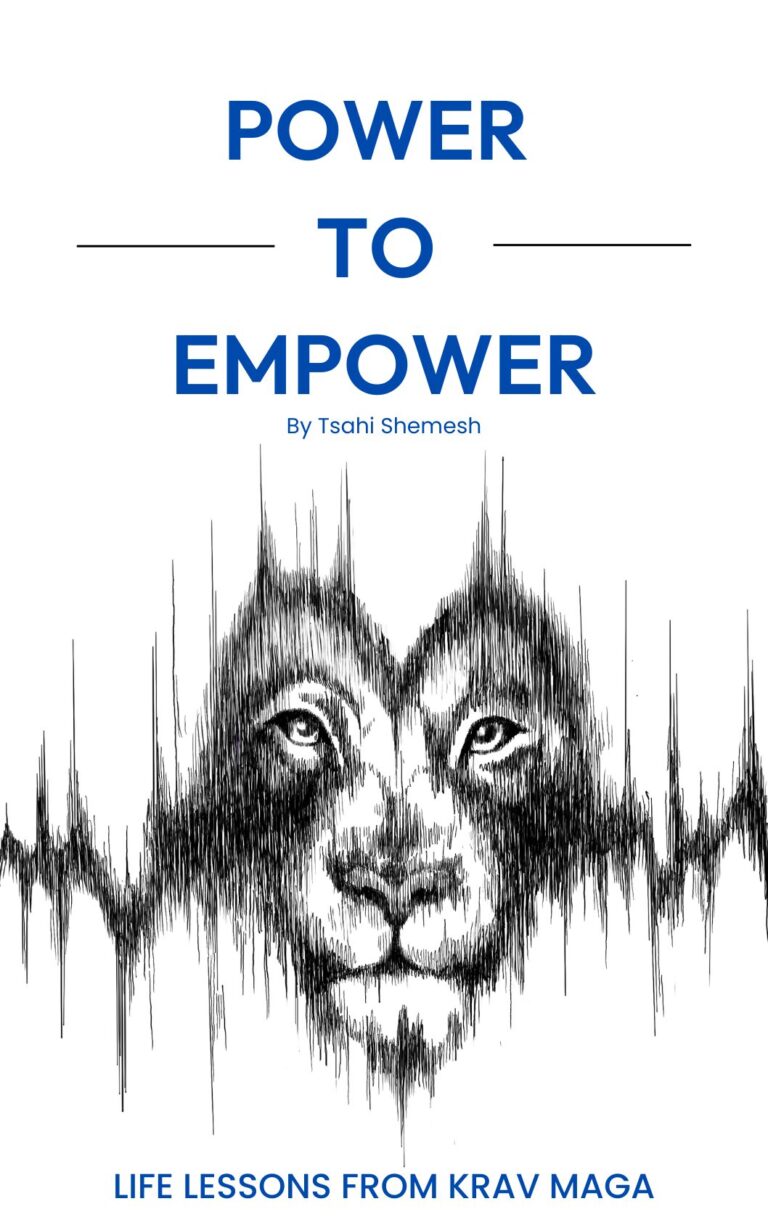From WWF to UFC: Why Fake Violence Faded and Real Combat Took Over.
When the WWF study came out in the late 1990s, it revealed something uncomfortable.
Researchers observed that young boys who watched professional wrestling regularly began mimicking what they saw. They hit more. They pushed. They acted out. They walked around with puffed chests, as if they had just won a fight.
They weren’t just entertained. They were activated. Then something else happened. When those same kids found out wrestling was fake, many of them lost interest, just like that. When the illusion of real violence disappeared, so did the excitement. That moment matters. It wasn’t just spectacle they wanted. It was the realness of it.
Fast-forward to today. UFC isn’t scripted. It’s real. Fighters bleed. Bones break. People lose consciousness and live on TV while the crowd roars. UFC revenue has exploded over the last decade. In 2011, the promotion made around $200 million a year. By 2024, that number passed $1.3 billion. Pay-per-views sell out. Social media clips go viral.
Fighters become household names. This isn’t some fringe underground brawling. It’s polished, televised, global. The numbers don’t lie. People are hungry to watch others fight.
So the question we should ask isn’t whether people like violence. That much is obvious. The real question is deeper. Why are we so attracted to it? Why do we pay to watch it, even when everything else in our culture preaches the opposite? Schools teach conflict resolution. Parents say, “Use your words.” We’re told to fear violence, to avoid it at all costs. We build laws and policies to minimize it. And yet, when the cage door shuts and the fighters touch gloves, millions of eyes lock in.
To understand that, we need to stop pretending we’re only shaped by modern rules. Because the truth is, we’re not. We’re shaped by survival. And survival wasn’t built in boardrooms. It was built in blood.
Physiologically, the human body responds to violence on a primal level. Our nervous system doesn’t need a rational reason to react. The amygdala doesn’t ask for context before it fires. When we see a fight, real or even well-staged, we get a chemical jolt. Heart rate goes up. Pupils dilate. Our brains release adrenaline and dopamine. This is the same response our ancestors needed to survive. The same system that helped a man pick up a stick when a predator charged is still in us. And when we see two trained fighters go head-to-head, that ancient switch flips on. Not because we’re violent people, but because we come from violent conditions.
There’s also a reward system involved. Watching someone dominate in a fight doesn’t just make us alert. It actually feels good. The brain’s reward center lights up during violent sports. It’s tied to motivation, reinforcement, and pleasure. That’s why we cheer when a knockout lands. That’s why we hold our breath when a submission gets locked in. Something deep in us responds with satisfaction. Not because we want people hurt, but because we want to see the threat resolved. The body gets closure.
But it’s not just biology. It’s sociology. We live in a sanitized world. Most people don’t face physical confrontation. They don’t hunt for food. They don’t need to defend territory. But that doesn’t mean the instinct is gone. It just means it has nowhere to go. So we outsource it. We put it in the hands of athletes. Warriors in compression shorts. Gladiators on ESPN.
Violence becomes theater. A moral playground where we get to witness dominance and survival without risking anything ourselves. We don’t want to fight, but we want to see a fight. We want to feel like we could fight. That we’d rise to the occasion.
Spectating becomes identity. That’s my guy. That’s my style. That’s how I would do it. Watching violence gives people the illusion of confrontation, without the consequences. It’s safe chaos. And because it’s real, it’s addictive.
Now bring in the brain’s threat simulation system. Neuroscientists have long understood that the brain runs rehearsals. We dream. We imagine. We anticipate threats and outcomes as a form of preparation. Watching a fight, especially when it’s unpredictable, becomes a way to mentally simulate danger. We might be sitting safely on the couch, but our brain is watching for openings, checking for vulnerabilities, choosing sides. It’s not passive entertainment. It’s instinctive training.
There’s a darker side too. Some people are drawn to violence because of unresolved aggression. Not in the way Hollywood sells it. In real life, many carry anger they don’t understand. Frustration with life. Powerlessness in relationships. Resentment toward authority. Watching a fight lets them channel that emotion somewhere. It gives them an outlet. They watch someone else do what they wish they could. Take control. Win. Hurt back.
And yet, almost all of them would claim they hate violence because they’ve been taught to. Society conditions people to reject violence publicly, while selling it to them privately. Look at video games. Look at movies. Look at sports. The violence is everywhere. But as long as it’s framed as entertainment, it becomes digestible. As long as it has rules, we’re allowed to enjoy it. We can call it sport instead of brutality. We can cheer and still sleep at night.
What we rarely talk about is how few other outlets exist for what UFC gives us. In modern life, there are very few arenas where raw human power is measured honestly, where the body is pushed to its absolute limit. Where consequences are immediate and irreversible. Where there’s no committee, no voting, no performance reviews, you either win or you don’t. You either break or survive. That kind of clarity is rare. And it’s magnetic.
We’re also drawn to the story of it. Every fighter carries something into the cage. A struggle. A trauma. A reason. And when they fight, all of that is visible. Every flinch, every counter, every refusal to quit tells a story. We relate to that. Not because we fight professionally, but because we fight internally. We fight through failure, rejection, fear. Seeing someone fight physically becomes a metaphor for our own silent battles. We admire it. We envy it. Sometimes, we need it.
There’s a moment in every great fight where both people are tired, hurt, and unsure if they can keep going. And one of them does. That moment speaks louder than any motivational speech ever could. It’s not about violence. It’s about resolve. The violence is just the medium. The message is something else. It’s resilience. It’s courage. It’s a raw, uncomfortable truth.
Not everyone wants to be a fighter or even understands that mindset, but everyone can respect the skill it takes to be one.
So when people ask why we pay to watch violence, the answer is simple. Because it reminds us of who we really are. Not the version we post online. Not the version trained to nod politely and suppress every instinct. The version that was built in fire. The version that knows pain, endurance, and risk. Watching violence, especially when it’s real, gives us a glimpse of that version. And we can’t look away.
That’s why kids stopped watching WWF when they found out it was fake. Because deep down, we don’t want actors. We want warriors. We want to see someone risk something. We want to feel that rush. We want to remember what it means to fight for something real.
Even if it’s someone else’s fight, even if it’s just for a night, even if we turn the TV off and go back to our regular lives, for that brief moment, we remember. And that memory keeps calling us back.
Do something amazing.
Tsahi Shemesh
Founder & CEO
Krav Maga Experts
Suggested Articles:
1. “Human Violence – Nature vs. Nurture”
This post tackles the root of violence in human nature. It explores how biology and upbringing collide, drawing on neuroscience (amygdala, serotonin) to show that aggression emerges both from instinct and environment. It’s a direct parallel to your piece on allure and biological wiring.
2. “What Fighting Style Actually Works in a Real Street Fight?”
This article takes that further – it breaks down what holds up on concrete, under stress, surrounded by chaos, not cameras. It reinforces your point about real risk and physical truth, not rehearsal.
3. “The Science Behind the Transformation.”
This piece does exactly that. It shares research on how martial arts can lower aggression, improve self-control, rewire reward centers, and enhance focus, not just brawn. It gives credence to why people respect violent skill, even when they don’t want to be violent.


https://youtu.be/W6gFQfYSopQ?si=3or9xlUD71-Kdwxx
Lyrics related to this article